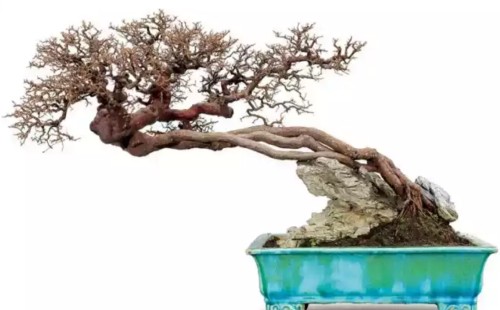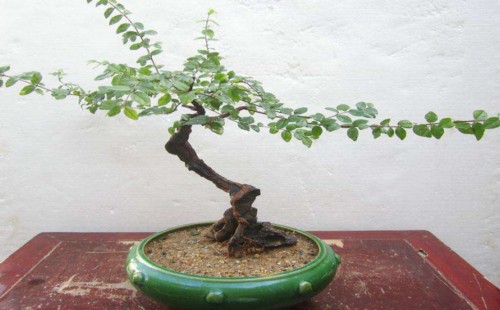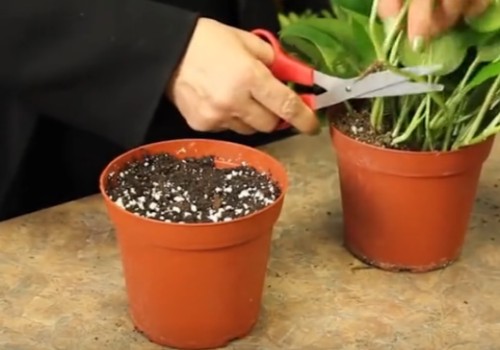Will the leaves of sparrow plum bonsai fall in winter?
Sparrow plum has a beautiful posture and high ornamental value, so many bonsai friends like to create it as a bonsai. And it is widely used in Lingnan School and Su School, and it is one of the main bonsai materials. But Finch plum likes the warm and humid growth environment, which is not cold-resistant, so will Finch plum bonsai lose its leaves in winter?

In fact, to see whether bonsai plants will have fallen leaves, it mainly depends on whether they are evergreen or deciduous trees. However, sparrow plum is a relatively alternative tree species, which can be planted not only as an evergreen tree, but also as a deciduous tree. This is mainly determined by the temperature in different regional environments.
Because the sparrow plum likes the warm and humid growth environment, it can be planted as an evergreen plant in the south of China without falling leaves, but in the north of our country, the phenomenon of falling leaves often occurs in winter. so it can be managed as a deciduous plant in the north. Therefore, if planting and breeding in northern China, it is especially necessary to do a good job in temperature management in winter, because when the ambient temperature is lower than 10 °C, the plant will stop growing; when the air temperature is as low as 0 °C, freezing injury will occur.
Therefore, in order to ensure that sparrow plum can survive the winter smoothly in winter, the original often needs to keep the temperature in the growing environment above 10 °C, and the lowest temperature should not be lower than 5 °C. However, the temperature in winter should not be too high, otherwise it is also prone to poor growth, especially in the bagging environment in winter, the temperature should not be higher than 25 °C, otherwise the plant will be burned.
The phenomenon of falling leaves of Finch plum in winter is more common in the northern region, which is mainly determined by the environment in the northern region after all. The defoliation of Finch plum mainly begins after the results are finished in autumn, but even if the leaves are gone, the bonsai can show another beauty, so the bonsai also has the characteristics of changeable posture with the season. However, in southern China, because the temperature environment is relatively suitable, so generally there will not be the phenomenon of falling leaves.
Time: 2019-05-21 Click:
- Prev

Can sparrow plum bonsai be planted in the north?
Sparrow plum is a good material for making bonsai, especially in Lingnan bonsai. However, Finch plum likes the warm and humid growth environment, so it is a kind of tree species suitable for growing in tropical and subtropical areas, so it is very suitable for planting and breeding in the south of China. Because the temperature in the south of China is relatively high.
- Next

Is it better to cultivate green turnips in hydroponics or in soil?
Green pineapple can be cultivated not only in soil but also in water. As long as it is properly maintained, it can be cultivated with green stems and leaves, bright and beautiful. However, from the point of view of application and management, is it better to cultivate green pineapple in hydroponics or soil culture? In fact, both hydroponic green pineapple and soil green pineapple have their own advantages and limitations.
Related
- Fuxing push coffee new agricultural production and marketing class: lack of small-scale processing plants
- Jujube rice field leisure farm deep ploughing Yilan for five years to create a space for organic food and play
- Nongyu Farm-A trial of organic papaya for brave women with advanced technology
- Four points for attention in the prevention and control of diseases and insect pests of edible fungi
- How to add nutrient solution to Edible Fungi
- Is there any good way to control edible fungus mites?
- Open Inoculation Technology of Edible Fungi
- Is there any clever way to use fertilizer for edible fungus in winter?
- What agents are used to kill the pathogens of edible fungi in the mushroom shed?
- Rapid drying of Edible Fungi

